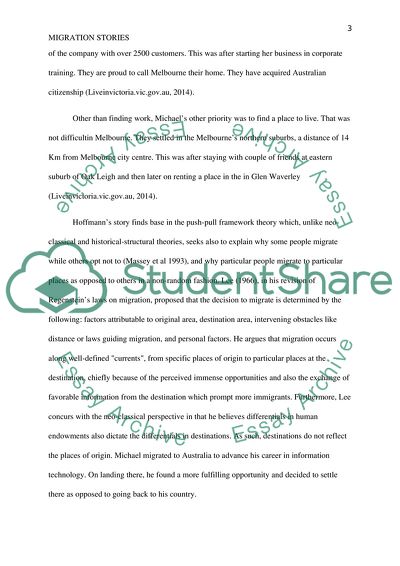Cite this document
(Issues of Migration and Development Essay Example | Topics and Well Written Essays - 1250 words, n.d.)
Issues of Migration and Development Essay Example | Topics and Well Written Essays - 1250 words. https://studentshare.org/sociology/1827576-make-u-a-title
Issues of Migration and Development Essay Example | Topics and Well Written Essays - 1250 words. https://studentshare.org/sociology/1827576-make-u-a-title
(Issues of Migration and Development Essay Example | Topics and Well Written Essays - 1250 Words)
Issues of Migration and Development Essay Example | Topics and Well Written Essays - 1250 Words. https://studentshare.org/sociology/1827576-make-u-a-title.
Issues of Migration and Development Essay Example | Topics and Well Written Essays - 1250 Words. https://studentshare.org/sociology/1827576-make-u-a-title.
“Issues of Migration and Development Essay Example | Topics and Well Written Essays - 1250 Words”. https://studentshare.org/sociology/1827576-make-u-a-title.


